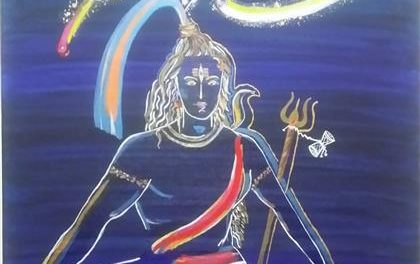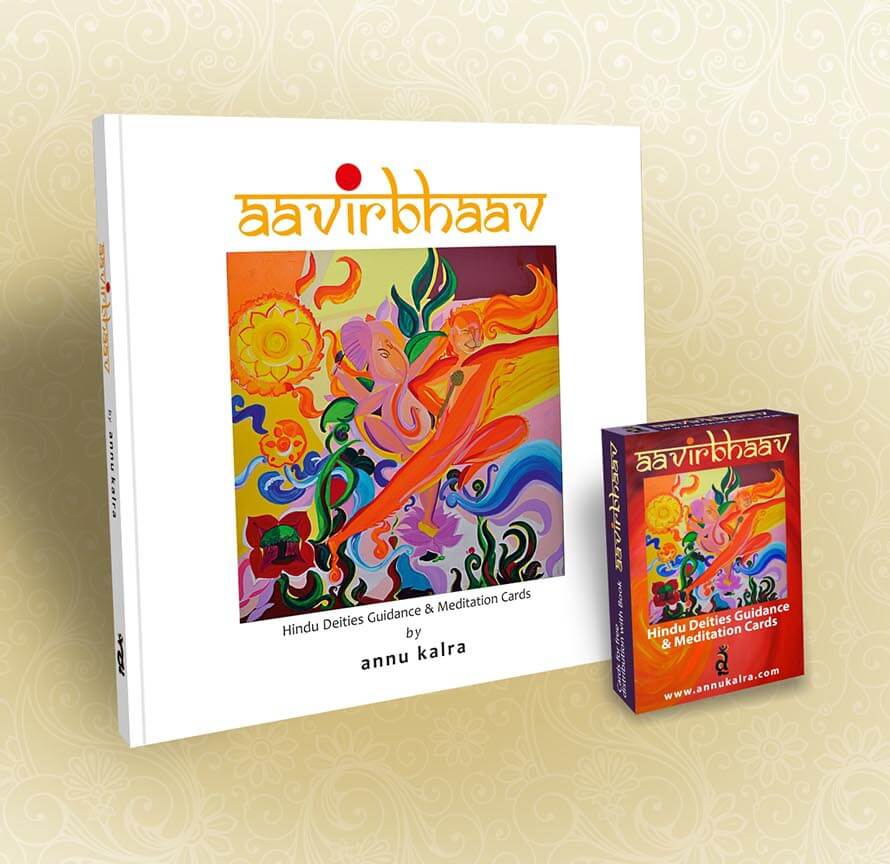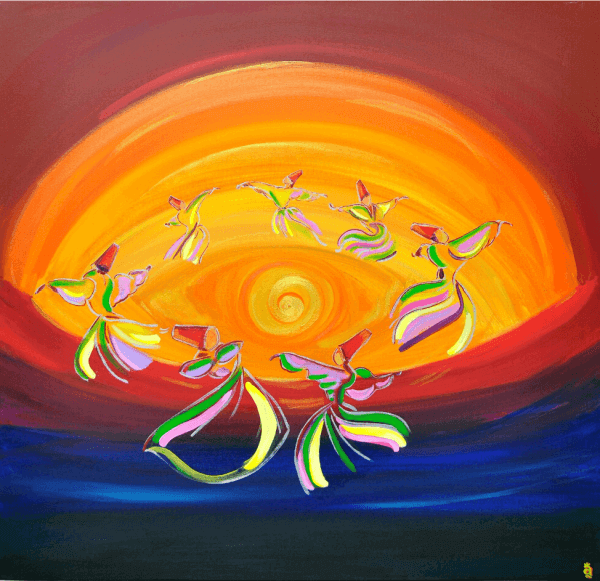As a young kid watching mythological films and serials one thing that used to disturb me the most was the portrayal of Hanuman in Ramayan. I couldn’t understand what I thought was the servile attitude of the supposedly most powerful monkey man. This really powerful monkey man was shown singing praises and uttering the name of his most beloved Shri Ram. Though he was the one with the strength and the power, he was constantly bowing down to the wishes of what seemed to me a docile man with unrealistic expectations. In those films and serials Hanuman seemed almost like a character for comic relief given his bearing and demeanor. This used to create great dissonance in me, something just didn’t feel quite right about it.
As a boisterous young woman I continued to question hierarchy, rituals and traditions. Despite being told innumerable times that this is so because this is how it is supposed to be, I was never satisfied till I investigated every aspect of what was being told. Thank God for that, had it not been the case, I may have also thought of God as only someone to be revered out of fear.
As I got more and more involved in the decoding of the religious symbolism and mythological tales, I realized what powerful a lesson was delivered by the Ancients in the amazing stories and character of the monkey God Hanuman. (Though I still feel his portrayal in Hindi cinema & serials did no justice to his character)How valuable a method they had given us in saying that Ram naam can actually make us overcome all obstacles in life. In one of the scriptures it actually states that ’Ram se bada Ram ka naam” .
Hanuman is the deity of the Manipura Chakra in the etheric or pranic body . The beej mantra of this chakra is Raam. This chakra is not only responsible for physical power but is also the store house of pran. If any other chakra is deficient in pran, it can draw upon this chakra to replenish it. The chanting of the mantra ‘Raam’ continuously, ie taking Ram naam, will strengthen this chakra, thereby enabling it to stock up the store house. The element of this Chakra being Fire, the chanting of Ram naam stokes this fire and makes the person more powerful.
Now here is the tricky part. Who so ever has a strong manipura chakra will be in a position to command respect and get people to listen to them. But just as a fire can also burn, those with large manipura can easily become bullies, demanding acquiescence instead of commanding respect. In the absence of compassion they might instill a sense of fear among those whose lives they impact. The fire is to be managed in a manner that it illumines and does not burn! Compassion and finer feelings are sustained by the next chakra, the Anahat chakra. If a person gets stuck in a power rut, his energy may not move to the higher center. The personality traits of the deity of the Chakra are the ones that a person needs to inculcate in order to transcend that chakra. Therefore for a person to not get stuck at the Manipura chakra, to balance it and be able to move higher, the person should imbibe the qualities of Lord Hanuman.
Hanuman is a unique combination of strength and humility. With humility, arrogance does not develop. This also gives one’s mind clarity of thought to recognize that all of life is committed to serving the Consciousness, to serving Ram. Only in submission to this consciousness can the monkey mind become an all powerful force that can burn down the Lanka of ignorance and avarice. Unless it becomes devoted to Shri Ram, the mind just stays a monkey, jumping around with no sense of purpose, ignorant of its own potential and life’s goal. Once it becomes committed to the cause of Consciousness, it can cross oceans and even find the otherwise elusive Sanjeevani, the remedy to certain death. The only condition is, it can not claim anything as its own; the ego has to be completely dissolved. While there is confidence, it is a confidence that emanates from a source beyond petty individuality!
I understand now, what I thought was a servile attitude was actually a deep surrender. A surrender that can come about only when one has had the vision of the magnanimity and splendor of the true form of God, represented in this great epic as Lord Ram and the recognition of one’s own true self. The key to understanding the attitude of Hanuman is in the dialogue between Lord Ram and Hanuman where Lord Ram asks Hanuman – who are you? Lord Hanuman answers – “When I do not know who you are I serve you, when I know who I am, I am You.”
So, while the chanting of Ram will protect one and also help accomplish great tasks, it is the attitude of Hanuman which has to be cultivated if true power has to be discovered within.















Too good
Ancient wisdom with modern insights
Just a wow!
Super Awesome
Beautifully written..